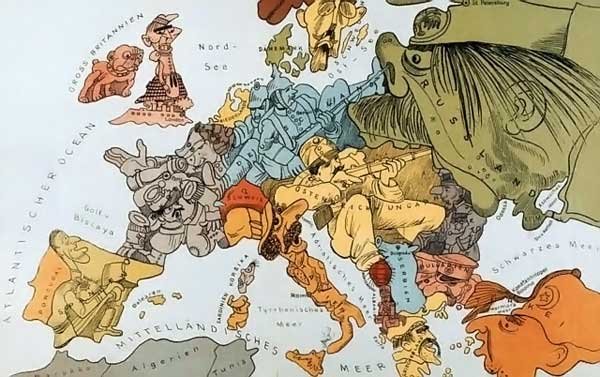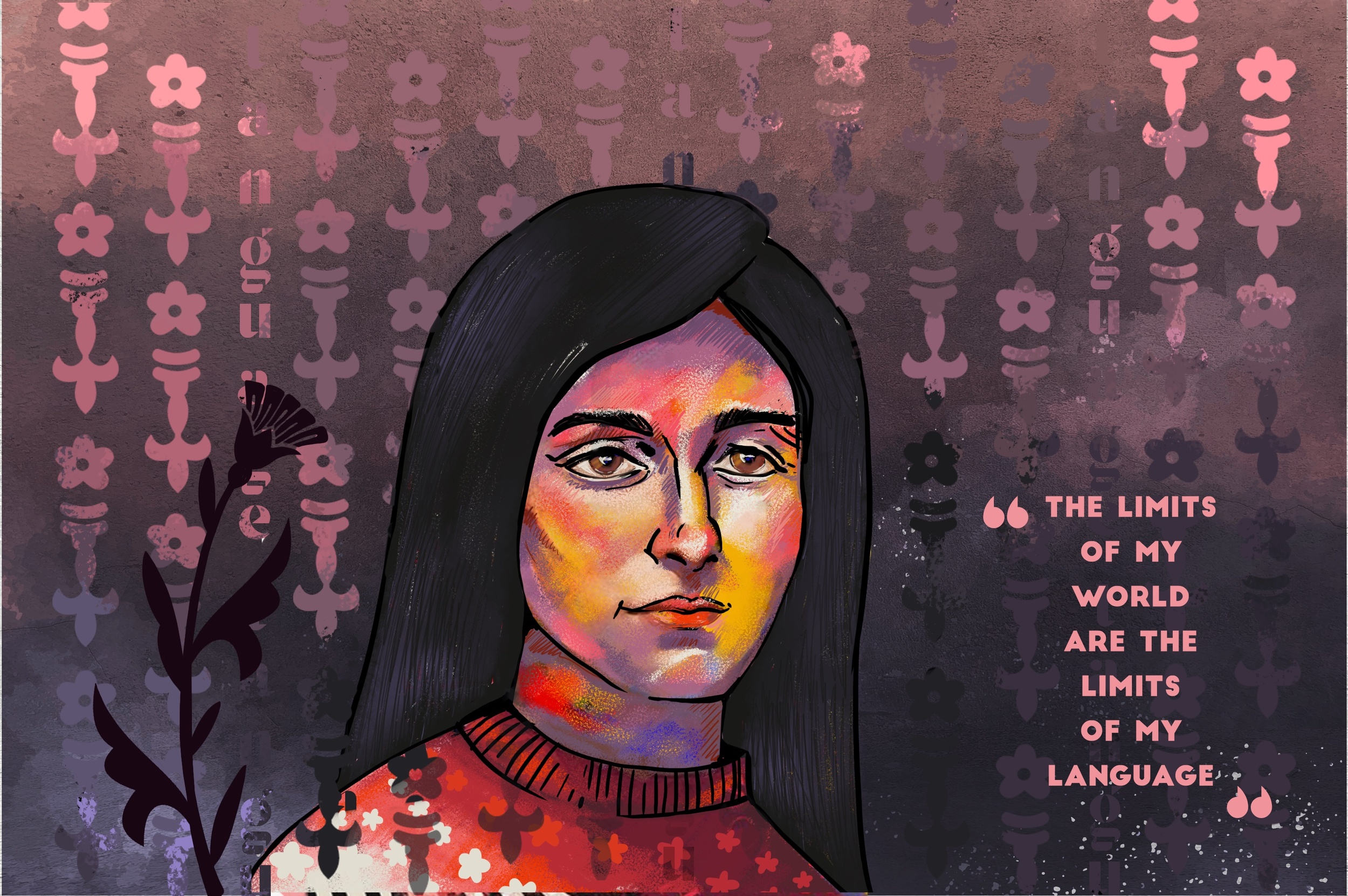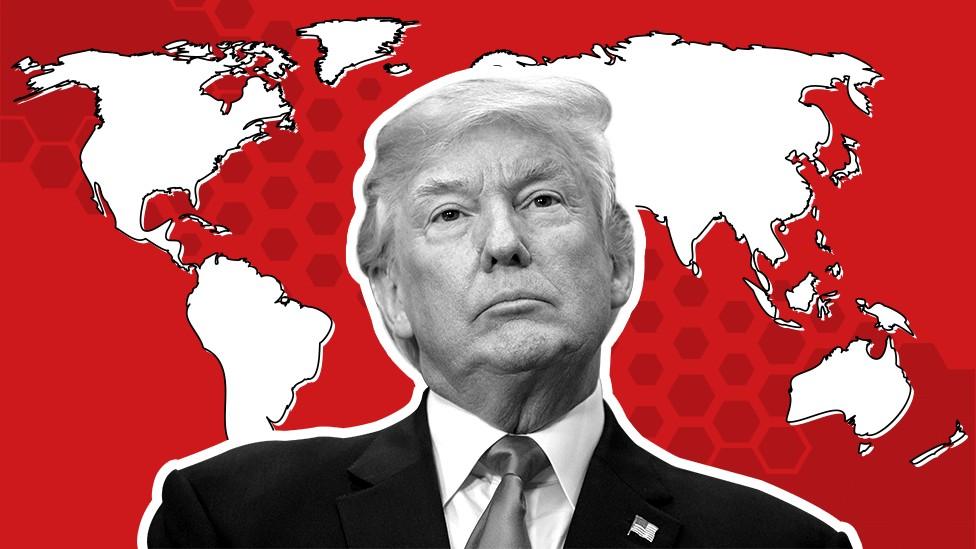A Summary of the Roman Empire: Emperor by Emperor
The Roman Empire, one of history’s most enduring and influential civilizations, spanned centuries and was shaped by a succession of emperors who wielded immense power. From Augustus, the founder of the empire, to Romulus Augustulus, its last Western ruler, the empire evolved through triumphs, crises, and eventual decline. Below is a summary of its key emperors and their reigns.
Augustus (27 BCE – 14 CE): The First Emperor
The Roman Empire began with Augustus, formerly Octavian, who transitioned Rome from a republic to an imperial monarchy after defeating Mark Antony and Cleopatra. His reign, known as the Pax Romana, brought stability, infrastructure development (e.g., roads and aqueducts), and cultural flourishing. Augustus established the imperial system, balancing power with the Senate while consolidating his authority.
Tiberius (14 CE – 37 CE): The Reluctant Ruler
Augustus’ stepson Tiberius ruled competently but was a dour and unpopular figure. His reign saw military successes, such as Germanicus’ campaigns, but also paranoia and treason trials overseen by his praetorian prefect, Sejanus. Tiberius withdrew to Capri in his later years, leaving Rome’s administration in question.
Caligula (37 CE – 41 CE): Madness or Myth?
Gaius Julius Caesar Germanicus, nicknamed Caligula, is infamous for alleged insanity—stories of appointing his horse as a senator abound. His short reign began with promise but descended into tyranny, lavish spending, and assassinations, ending with his murder by the Praetorian Guard.
Claudius (41 CE – 54 CE): The Unexpected Conqueror
Often underestimated due to physical disabilities, Claudius proved an effective ruler. He expanded the empire by conquering Britain in 43 CE, improved infrastructure, and reformed administration. His reign ended with his poisoning, possibly by his wife Agrippina, to secure power for her son Nero.
Nero (54 CE – 68 CE): Artistry and Infamy
Nero’s rule started with promise under advisors like Seneca but deteriorated into extravagance and despotism. The Great Fire of Rome in 64 CE, which he famously blamed on Christians, marred his legacy. Facing rebellion, Nero committed suicide, ending the Julio-Claudian dynasty.
Vespasian (69 CE – 79 CE): Stability After Chaos
Following the Year of the Four Emperors (69 CE), Vespasian, founder of the Flavian dynasty, restored order. He initiated construction of the Colosseum, stabilized finances, and strengthened frontiers. His pragmatic rule laid a foundation for recovery.
Titus (79 CE – 81 CE): The People’s Emperor
Vespasian’s son Titus is remembered for completing the Colosseum and his generosity during crises, like the eruption of Mount Vesuvius in 79 CE. His brief reign was popular, though cut short by illness.
Domitian (81 CE – 96 CE): Autocrat and Assassin
The younger son of Vespasian, Domitian ruled as an authoritarian, clashing with the Senate. He bolstered the economy and defenses but was assassinated in a palace conspiracy, ending the Flavian dynasty.
Trajan (98 CE – 117 CE): The Empire’s Zenith
Under Trajan, the empire reached its greatest territorial extent, including Dacia and parts of Mesopotamia. A skilled military leader and administrator, he also funded public works like Trajan’s Column. His reign marked the empire’s peak.
Hadrian (117 CE – 138 CE): Consolidation and Culture
Trajan’s successor, Hadrian, focused on securing borders—most famously with Hadrian’s Wall in Britain—rather than expansion. A patron of the arts, he rebuilt the Pantheon and fostered a Hellenized Roman culture.
Marcus Aurelius (161 CE – 180 CE): The Philosopher King
Known for his Stoic writings (Meditations), Marcus Aurelius faced constant warfare against Germanic tribes and a devastating plague. His co-rule with Lucius Verus and later succession by his son Commodus marked the end of the “Five Good Emperors” era.
Commodus (180 CE – 192 CE): Decline Begins
Commodus’ erratic rule—marked by megalomania and neglecting governance—weakened the empire. His assassination triggered civil war, ending the Pax Romana’s stability.
Septimius Severus (193 CE – 211 CE): Military Might
After seizing power in another civil war, Septimius Severus, the first African emperor, strengthened the military and expanded into Parthia. His dynasty briefly stabilized Rome, though his successors faltered.
Caracalla (211 CE – 217 CE): Citizenship for All
Severus’ son Caracalla extended Roman citizenship to all free men in the empire (212 CE) to boost tax revenue. His reign was brutal, marked by fratricide and massacres, ending with his assassination.
Diocletian (284 CE – 305 CE): The Tetrarchy
Facing a crumbling empire, Diocletian split rule among four emperors (the Tetrarchy) to manage crises. He reformed the economy, military, and administration, and persecuted Christians. His voluntary abdication was unprecedented.
Constantine the Great (306 CE – 337 CE): A Christian Empire
Constantine reunified the empire after the Tetrarchy’s collapse, famously converting to Christianity after the Battle of Milvian Bridge (312 CE). He founded Constantinople, shifting the empire’s center eastward, and legalized Christianity, reshaping Rome’s future.
Theodosius I (379 CE – 395 CE): The Final Unity
The last emperor to rule a united empire, Theodosius made Christianity the official religion (380 CE). After his death, the empire permanently split into East and West.
Romulus Augustulus (475 CE – 476 CE): The End of the West
The Western Roman Empire’s final ruler, Romulus Augustulus, was a teenage puppet deposed by the Germanic chieftain Odoacer in 476 CE. This marked the traditional end of the Western Empire, though the Eastern Byzantine Empire endured for nearly a millennium.
From Augustus’ establishment of imperial rule to Romulus Augustulus’ deposition, the Roman Empire’s emperors shaped a legacy of conquest, culture, and eventual fragmentation. Their reigns reflect the empire’s adaptability and resilience, as well as the internal strife and external pressures that led to its transformation and, in the West, its fall. The Eastern Empire, as Byzantium, carried Rome’s torch forward, but the Western story remains a testament to the rise and decline of one of history’s greatest powers.







Comments